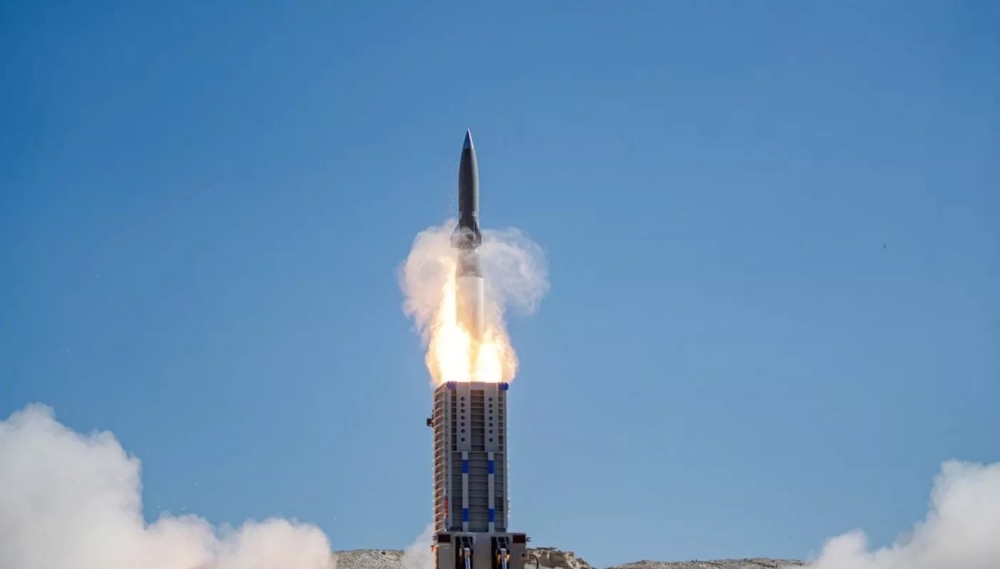
On March 10, the US State Department has authorized a possible Foreign Military Sale to Japan for “equipment and services”, including “test preparation, test, and transportation support; coordination meetings in the United States and Japan; etc” for an estimated total value of $200 million.
The equipment and support would assist the Government of Japan’s program for the development and fielding of an “Hyper Velocity Gliding Projectile” which is part of measures taken by Tokyo to increase its long range strike and anti-ship capability to deter aggression and defend its outlaying archipelagos.
Japan first announced the development of the HVGP almost 10 years ago and plans to field non-better detailed hypersonic capabilities have only become more central to Japan’s plans over the years. Fielding the HVGP, to be followed in the future by a more advanced “hypersonic missile”, is part of a series of measures by Tokyo which include surface-to-ship missile units equipped with upgraded TYPE 12 weapons, the procurement of 400 TOMAHAWK cruise missiles plus JASSM and Joint Strike Missiles (JSM) for air launch.
Plans for the hypersonic capability envisage 2 “battalions” equipped with long range hypersonic weapons, with the Budget document 2024 signalling order for 11 “units” of HVGP. It is not clear what a unit consists of, however.
The HVGP itself is being developed in 2 “stages”, with the relatively “simple” Stage 1 using a simple glider with limited range and precision targeting capability. Stage 2 envisages the development of a more refined “wave-rider” glider that gains lift by the shock wave generated at the tip of the warhead, considerably increasing range.
Videos released by the Japanese MoDs show the Stage 2 wave-glider being used to attack an aircraft carrier at sea, suggesting that it would also have an adequate seeker / guidance system and relevant manoeuvrability.
The Stage 1 weapon, a large vertical launch missile acting as booster to bring the glider at speed and altitude for its release, had its first known flight test in March 2024 in the US, in California. That first launch was revealed with a video by the Japanese MoD in July of the same year.
Earlier this year, Tokyo further disclosed that a total of 6 test launches have been conducted in California, all of them successful: one in March, one in April, one in August and 2 in November of 2024, followed by another in January this year.
In terms of range, reportedly the weapon travelled circa 570 miles, with Stage 2 targeting ranges well above 1,000 miles.
Development of the Stage 1 weapon should conclude this year, with an operational capability expected in 2026.
The new US FMS de-facto appears to continue a degree of support and cooperation already ongoing behind the scenes. Japan’s government has long specified in its papers that it would consider international cooperation as a way to progress the project. Tokyo and the US collaborate closely also in counter-hypersonic and counter-ballistic missile defence, co-developing and fielding SM-3 and Glide Phase Interceptor missiles.








.png)
